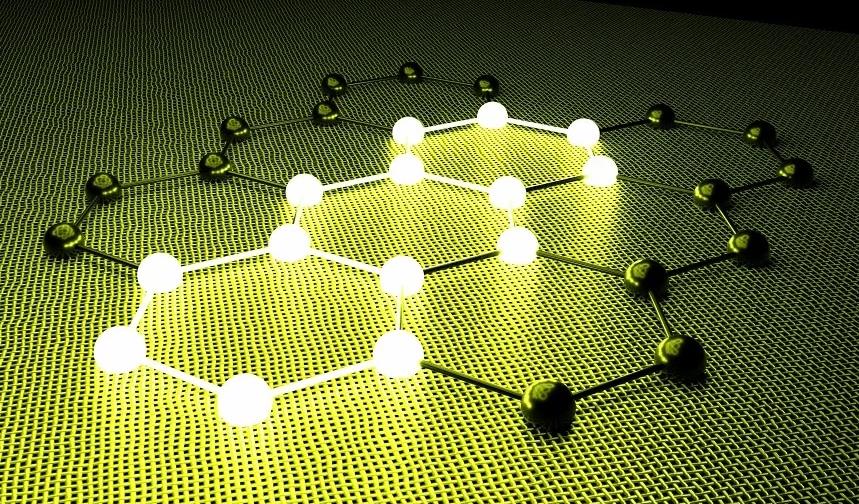The innovation team of physicists at the University of Arkansas has successfully developed a circuit that can capture the thermal motion of graphene and convert it into electric current. And it is ready to be applied in the market, which is a milestone.
Chief Developer of Research Institute Paul Tibado said: “The graphene-based energy harvesting circuit can be packaged into a chip to provide safe, unlimited low-voltage power for small electrical components or sensors.”
The idea of deriving energy from graphene is controversial because it overturns the well-known claim of physicist Richard Feynman that the thermal motion of atoms (called Brownian motion) cannot work. The Thibado team found that at room temperature, the thermal motion of graphene does actually induce alternating current (AC) in the circuit. This achievement is considered impossible.

In the 1950s, the physicist Léon Brillouin (Léon Brillouin) published a landmark paper refuting the addition of a single diode (one-way gate) to the circuit as a solution to harvest energy from Brownian motion Thoughts. Knowing this, Thibado's group built their circuit with two diodes to convert AC to direct current (DC). When the diodes are in an opposing state, they allow current to flow in both directions. They provide an independent path through the circuit, thereby generating a pulsed DC current that acts on the load resistance.
In addition, they found that their design increased the transmitted power. "We also found that the on-off, switch-like behavior of the diode actually amplifies the transmitted power, rather than lowering the power as previously thought," said Tibado. "The rate of change in resistance provided by the diode is power. An additional factor has been added."
The team used a relatively new field of physics to prove that diodes increase the power of the circuit. Pradeep Kumar, associate professor of physics and one of the co-authors, said: "In the process of demonstrating this power enhancement, we have learned from the emerging field of stochastic thermodynamics and expanded the famous Nyquist that has a history of nearly a hundred years. Stewart theory."
Kumar believes that graphene has a symbiotic relationship with circuits. Although the thermal environment is working on the load resistance, the graphene and the circuit are at the same temperature, and there is no heat flow between the two.
Thebado said this is an important difference, because in the circuit that generates power, the temperature difference between graphene and the circuit will contradict the second law of thermodynamics. Tibado said: "This means that the second law of thermodynamics is not violated, and there is no need to argue that the'Maxwell's demon' is separating hot and cold electrons."
The team also discovered that the relatively slow motion of graphene induces currents in the circuit at low frequencies, which is important from a technical point of view, because electronic devices function more effectively at low frequencies.
Thebado explained: "People might think that the current flowing in a resistor will cause it to heat up, but Brownian current will not. In fact, if there is no current flowing, the resistor will cool down." "What we have to do is to regenerate. Adjust the current in the circuit and convert it into something useful."
The team’s next goal is to determine whether DC current can be stored in capacitors for later use. This goal requires miniaturization of the circuit and patterning on a silicon wafer or chip. If millions of such tiny circuits can be built on 1mm x 1mm chips, they can be used as a substitute for low-power batteries.


